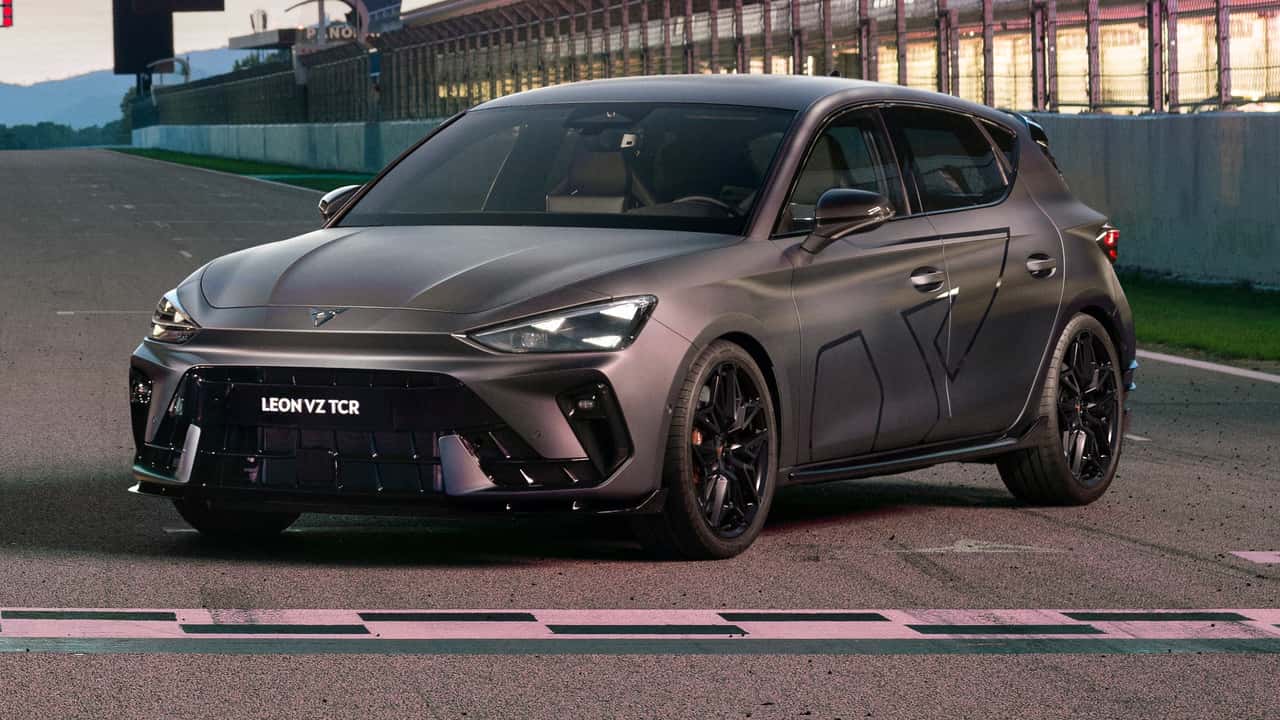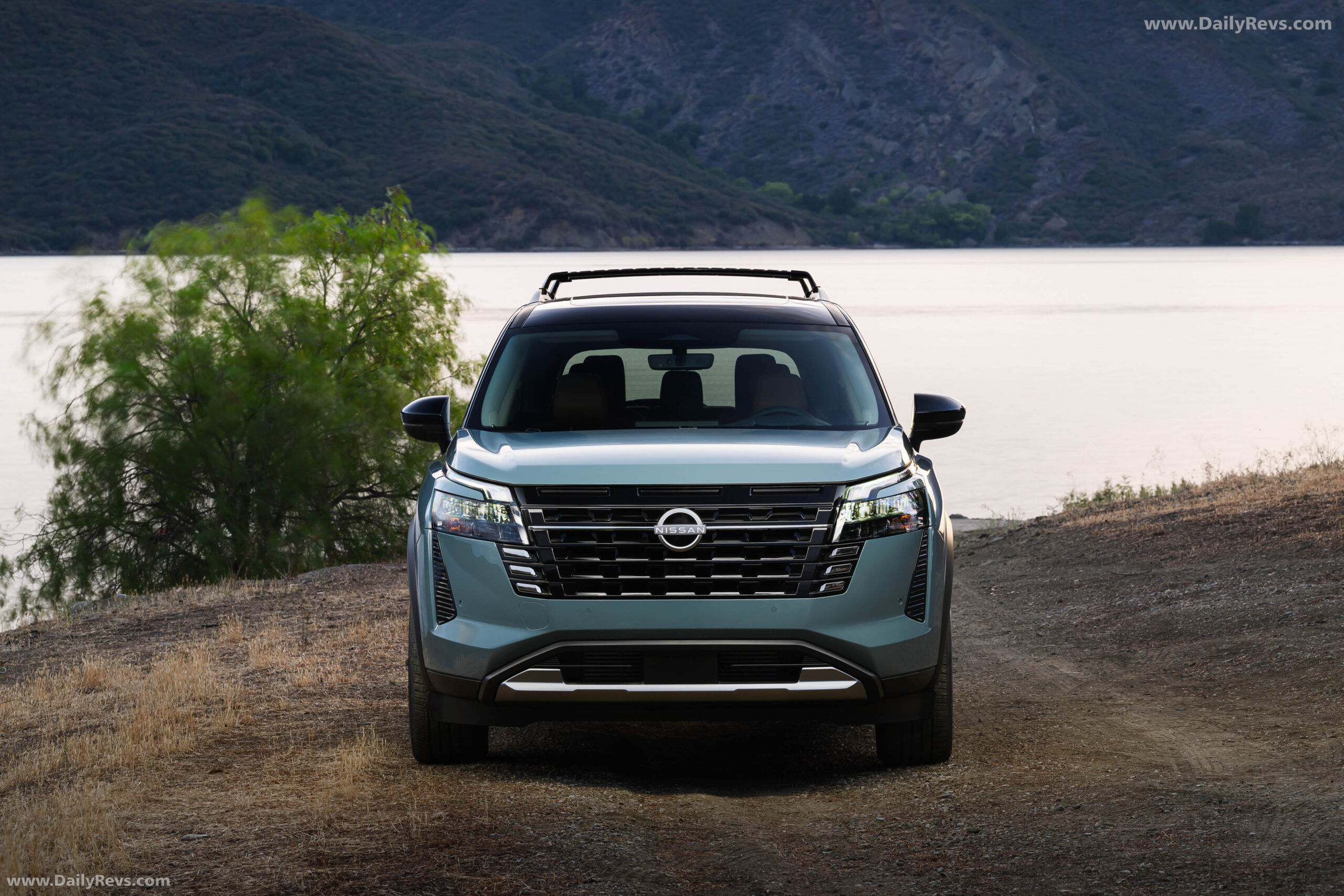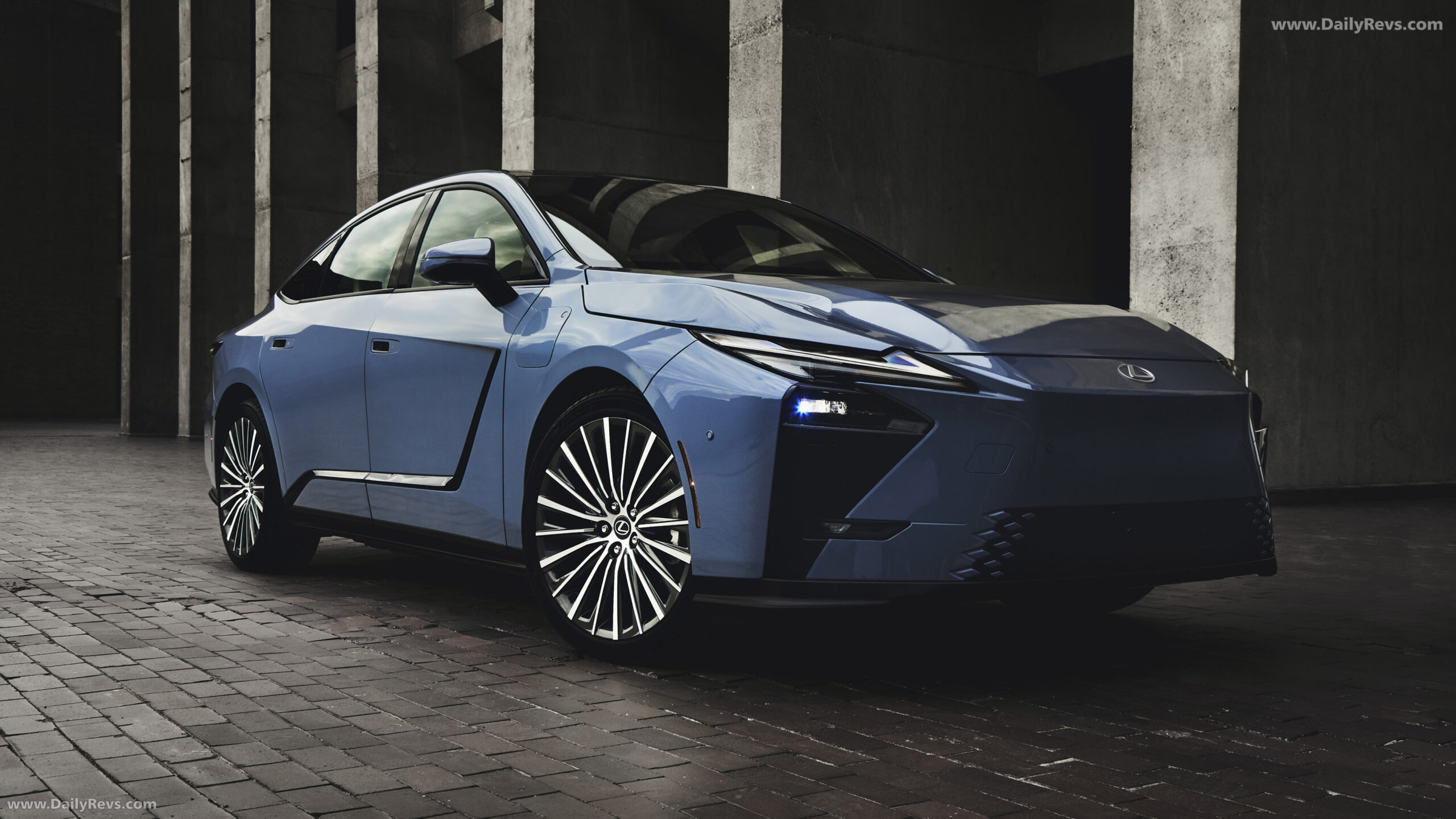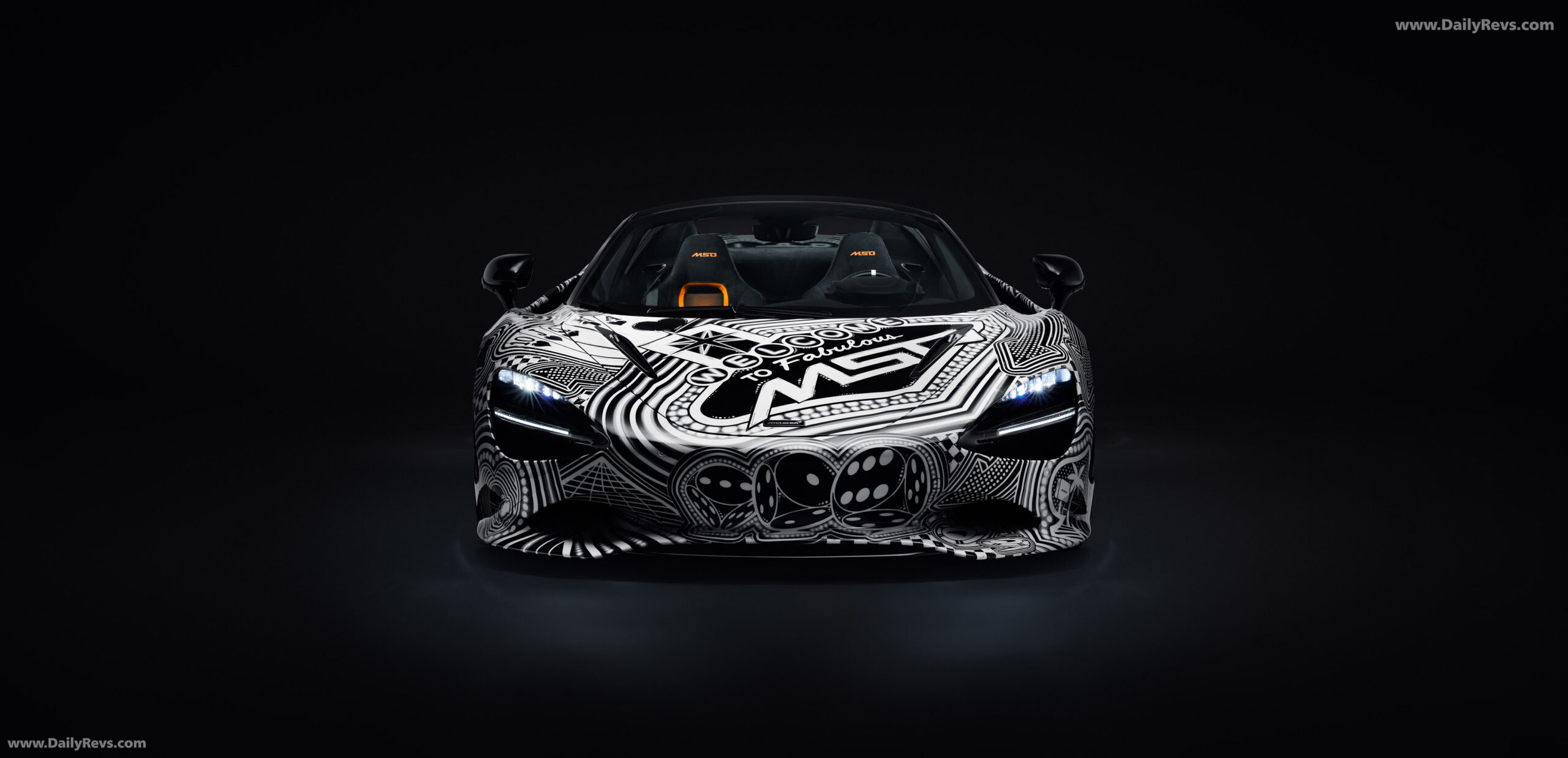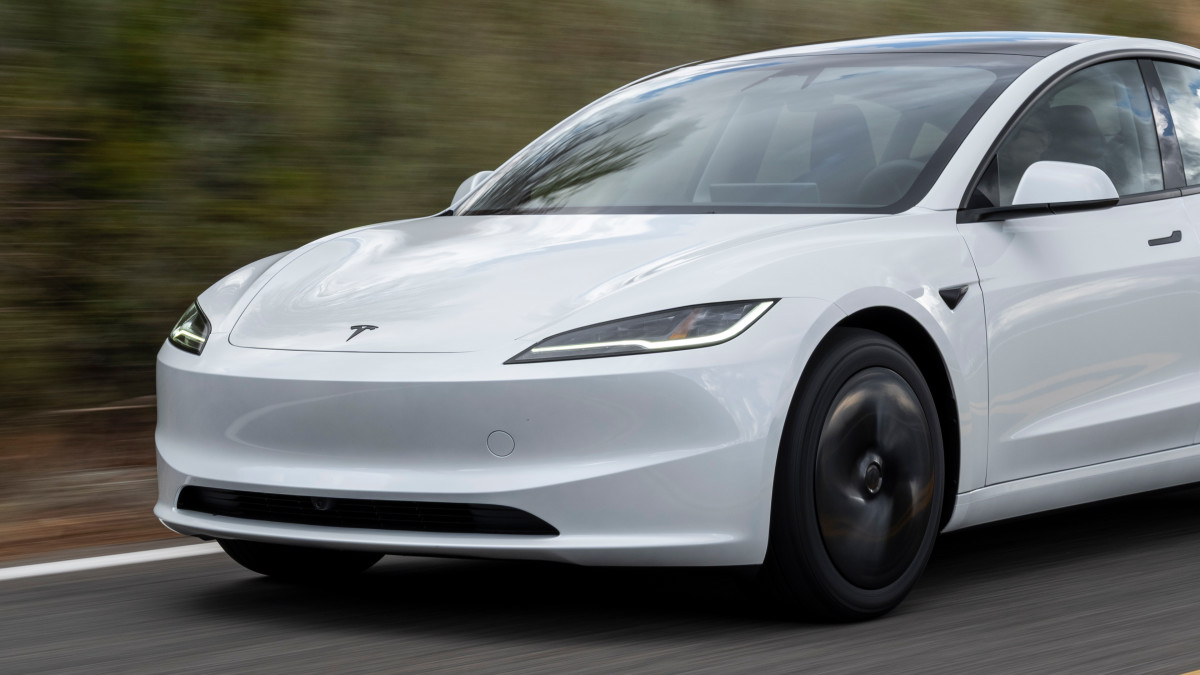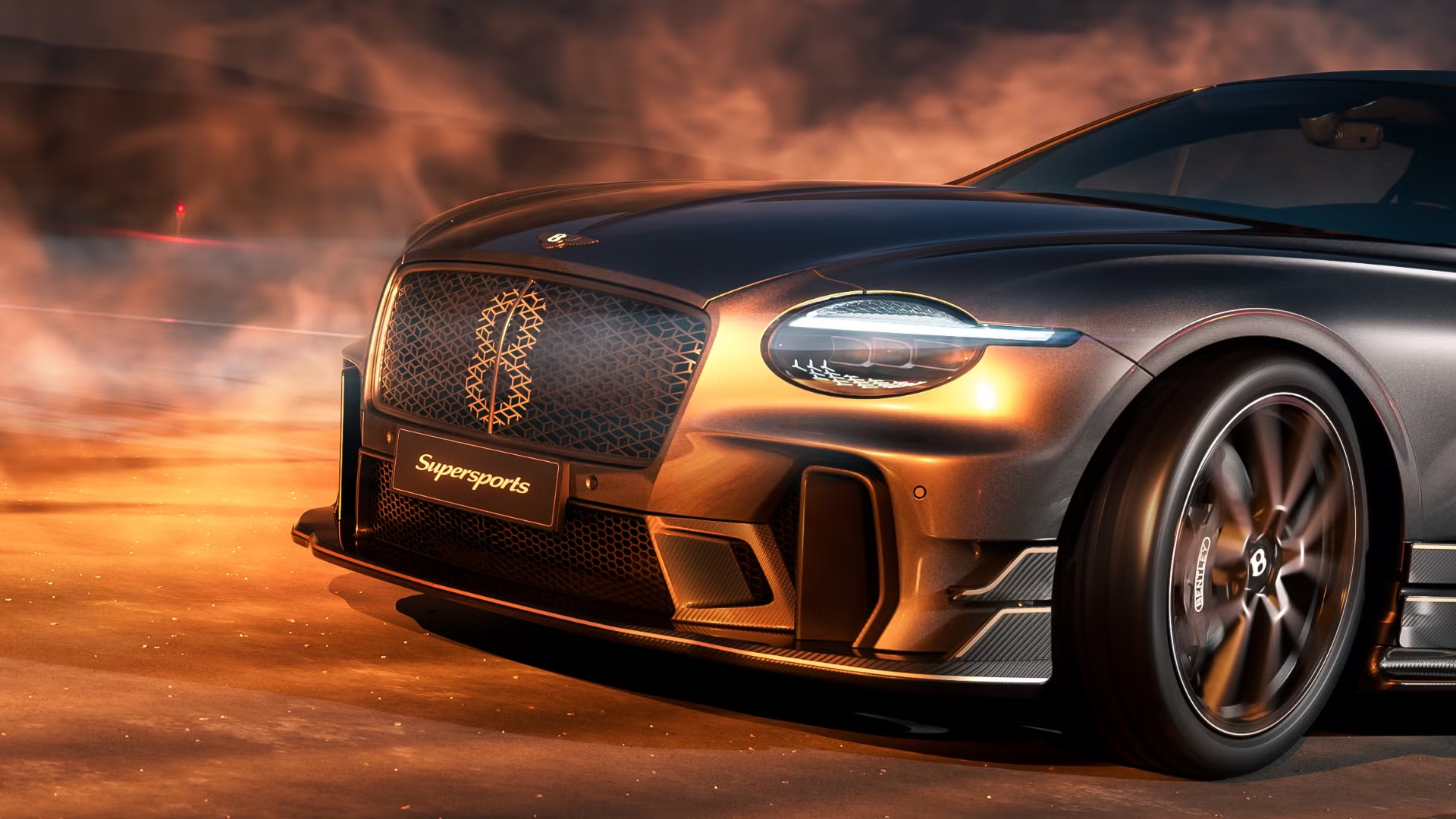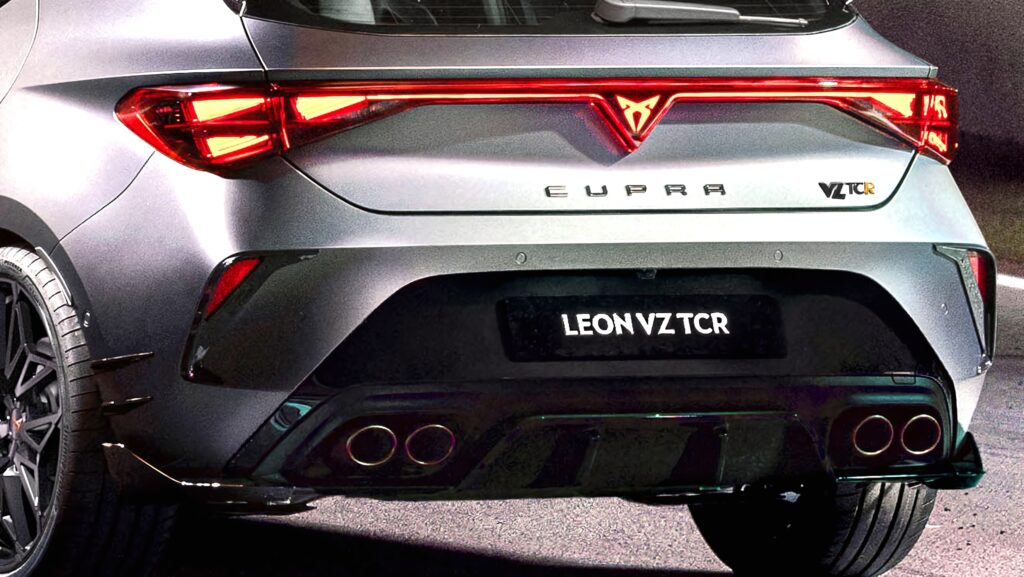Vauxhall is a very different company to when Steve Catlin was last there; he aims to return it to the glory days
Vauxhall is a very different place from the one that new managing director Steve Catlin left back in 2015.
Then, as retail sales director, he worked for parent company General Motors at the sizeable Griffin House in Luton, not far from the Vauxhall manufacturing plant and once home to a staff of over 2000. Ten years later, the plant has been shut and Griffin House sold and demolished.
Catlin, having returned to lead the brand this year after stints at the Volkswagen Group and Volvo Financial Services, doesn’t command his empire from a comfortable corner office guarded by a personal assistant. Instead he now mostly works from home with regular visits to parent company Stellantis’s UK headquarters in Coventry.
In fact, he’s hard pressed to say what Vauxhall’s staff count is today, given that much of the brand-agnostic work is handled by Stellantis teams shared with Peugeot, Citroën and the rest of the company’s 14 brands.
This way creates a lot more efficiencies, meaning Vauxhall turned a small profit of £59.4 million in 2024, according to company figures.
“From a corporate perspective, that’s where a lot of the organisations are moving to,” Catlin told Autocar in an interview, citing his experience at the Volkswagen Group. “We also have to accept the scale of the brand is different to where it was 10 or 15 years ago.”
Vauxhall’s peak market share in UK came in 1993, at a mammoth 17.6% of the total. Then the Mk3 Astra was the country’s third best-seller, with 6.1% of the market on its own. To the end of October this year, Vauxhall’s entire share was 4.2%.
That’s not enough, however. Catlin has been tasked to carry out the demands of his dissatisfied boss, Opel CEO Florian Huettl. “Vauxhall needs to do more than it does today. Steve has the responsibility to bring a more significant share of the UK market,” Huettl told Autocar in September.
Catlin’s goal is to return Vauxhall to the top three UK brands, up from seventh in October. That will be easier now the market is so fragmented. “Top three in the current climate is very different to how the top three used to look 10 years ago, where you used to have between 9-11% market share,” he said.
Volkswagen was far and away the biggest brand in October, with just a 9.1% share, followed by Audi at 6.4% and Ford at 6.2%.
For Vauxhall, a 6% share means a bump of around 40,000 cars a year from the 79,000 it registered last year. That’s not unachievable, given that 2024 was a “transition year” in terms of product, according to Huettl, in which models on the new Stellantis Smart Car platform, such as the new Opel/Vauxhall Frontera SUV, were delayed.
In the meantime, however, the Chinese stepped into the breach, and in October this year, brands owned by Chery (including Jaecoo and Omoda) took exactly the same share as Vauxhall, at 4.3% in October, from almost nothing the year before.
Catlin has called the UK government to investigate whether Chinese brands are gaining an unfair advantage from state subsidies, but he’s also confident that Vauxhall can fight them in other ways.
Catlin is banking on the strength of the Vauxhall brand itself, as well as one of the UK’s largest dealer networks, with around 200 outlets to counter the newcomers.
The organisation may be unrecognisable from when GM bailed and sold to the PSA Group in 2017, but Catlin believes it’s still the same Vauxhall as far anyone outside the company is concerned. “From brand perspective and a consumer point of view, very little has changed,” he said.
Everybody knows Vauxhall. Caltin quotes a spontaneous awareness rating (ie people quoting your brand when asked to name any car brands) of 98%. It remains the third-most trusted brand, he said. There’s the also British element, which Catlin wants to enhance, for example with UK-specific television ads.
Vauxhall sales are heading in the right direction, up 6% this year and 24% in October, but sales aren’t yet the right kind. Lower-value fleet sales still take the biggest share, at around two thirds to the end of October – something the former retail head wants to correct. “My role over the next few years is to ensure that we have a very balanced channel mix across the business,” he said.
The Corsa supermini is by far the biggest seller, contributing almost half of Vauxhall’s total this year, while demand for the Astra has dropped 68% year on year to a little over 3000 sales.
Vauxhall’s traditional rival, Ford, has now ducked this segment altogether after ending production of the Focus this month, but the Astra will get a facelift next year, along with more range for the electric version. “I see a real opportunity for Astra in the UK market,” Catlin said.
The Grandland Electric SUV should be boosted if, as Vauxhall hopes, it wins the full £3750 Electric Car Grant next year after switching battery supply to a European source – something the related Citroën ë-C5 Aircross has already achieved.
Meanwhile, the Frontera represents the biggest opportunity, with the EV version priced below the hybrid version, at £23,995, making it the UK’s cheapest electric SUV.
The eye-catching figure is part of a conscious effect by Vauxhall to better match the list price to what the customer actually pays.
“Historically, you would have very high list prices and transaction prices would be relatively low; there would be a big gap between the two,” Catlin said. “That is confusing from a consumer perspective.”
Stellantis has postponed its introduction of the agency retail model, which was supposed to eradicate the haggling needed to knock off the dealer margin, but Catlin remains convinced by its ultimate aim: to simplify the buying process. Having attractive prices with manufacturer discounts clearly displayed is one way that he hopes to do that.
It helps that the Frontera is cheap to build, with its lower-cost LFP (lithium-iron-phosphate) battery chemistry. Catlin didn’t say it, but one likely reason for the drop in demand for Mokka crossover and Astra is that the current-generation cars are too expensive to compete – especially on the electric side – and Stellantis would prefer to slow sales rather than discount below profitable levels.
Translating brand recognition into consumer excitement is the job of the planned new GSE performance models, starting with the Mokka GSE.
“We do the rational things in the marketplace really well, but we don’t do the emotional things as well as we could,” Catlin said. “GSE brings a level of excitement and emotion back into the brand.”
